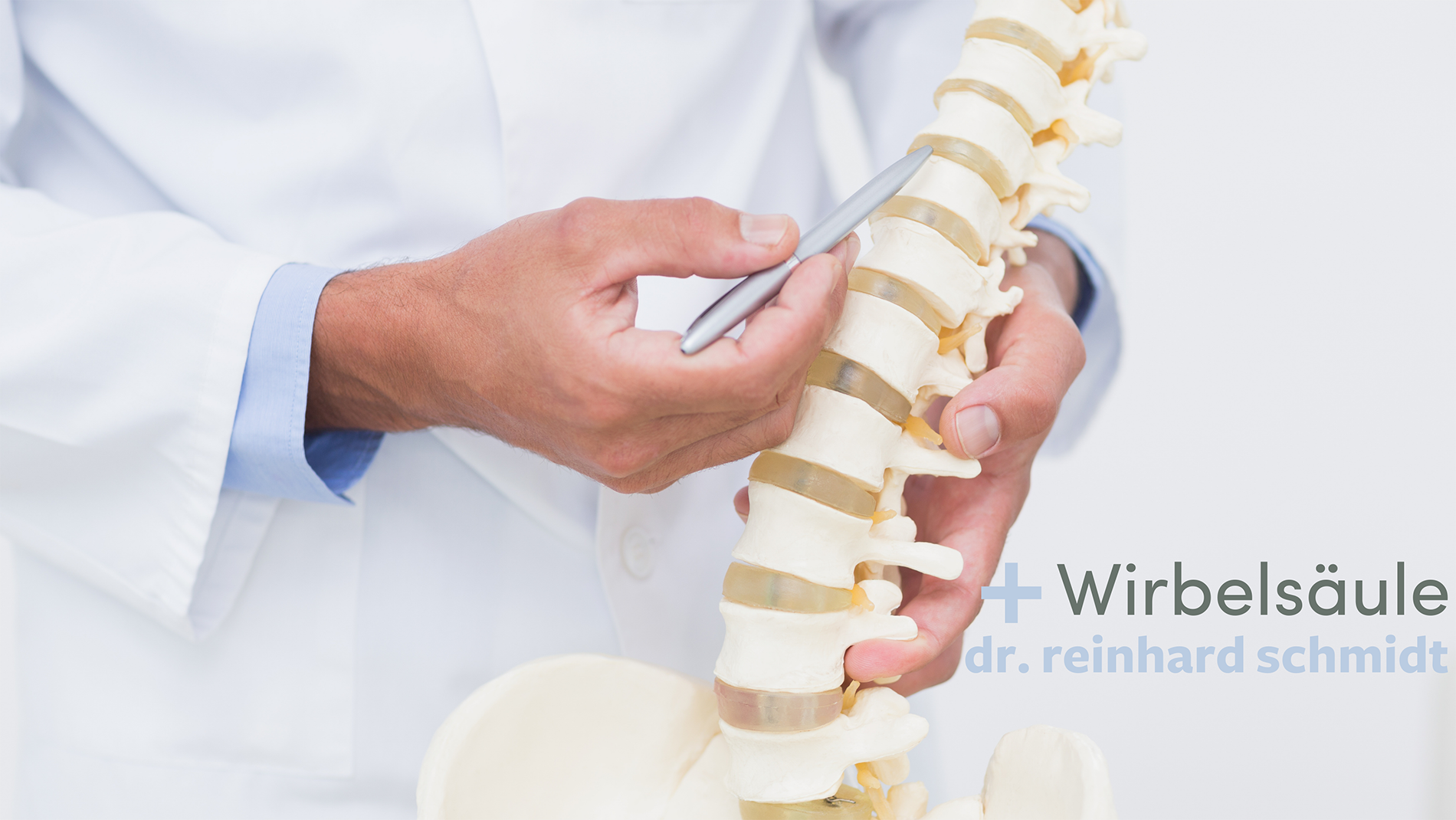
Spine dr Reinhard Schmidt
Most often, however, spinal pain is mediated by the facet joints. This is because these, as true joints, also have corresponding structures and nerve endings.
The decisive factor for successful therapy is finding the disturbed or damaged structure. Depending on this, mobilizations (slow improvements in mobility), manipulations (similar to chiropractic quick impulses) or infiltrations can provide relief.
In the case of irritated facet joints, ultrasound-targeted infiltration of the same plays an increasing role.
In the cervical spine, traumatic injuries – often caused by whiplash syndrome / whiplash injury – can result in strains (distorsion), ligament tears (lesion), intervertebral disc injuries (e.g., protrusion), and even vertebral body fractures (fractures). However, chronic wear and tear such as spondyloarthrosis, osteochondrosis, spondylosis, etc. are the most common.
In the thoracic spine, there are often blocked segments that can limit mobility. These can be treated well by manual treatments.
In the lumbar spine, osteoporotic vertebral body fractures (mostly impression fractures) are found in older age and functional complaints (low back pain, etc.) are often found in younger age. A special case is true spondylolisthesis (sponylolysis, anterolisthesis vera) and chronic spondylolisthesis (anterolisthesis, retrolisthesis). Here, conservative therapy is also promising in most cases. Only in exceptional cases must surgical treatment be considered.
Book an Appointment
You haven't found a suitable date?
Call us or write to us!

0
